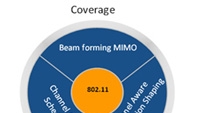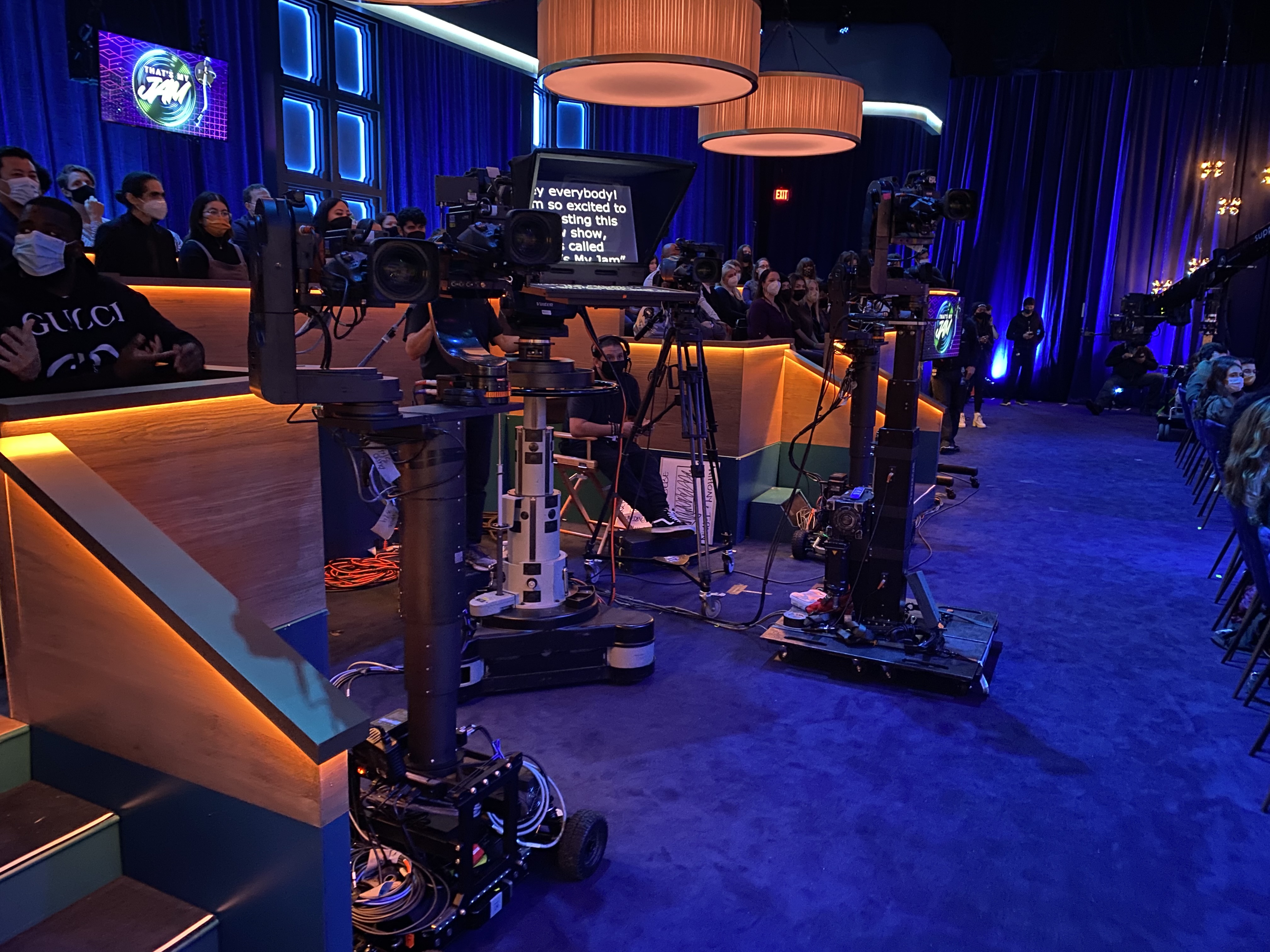Video-over-Wi-Fi taking off in Europe

Deutsche Telekom is leading what looks like is becoming a charge for Wi-Fi among European pay-TV service providers attracted by the promise of wireless home networking, avoiding the need for recabling homes. It still remains to be seen whether Wi-Fi can succeed in delivering broadcast HD services on its own in a significant proportion of European homes without the help of some wired backbone such as Multimedia Over Coax (MOCA). However, operators have been impressed by the performance of Wi-Fi chips from Israeli semiconductor company Celeno in particular. Indeed, while chip maker Quantenna has been making strides among U.S. operators with its Wi-Fi chips, Celeno is now doing the same in Europe, with arguably the harder task.
Athough European homes tend to be smaller, many also have thicker walls and construction features that impede radio signals, making it harder to achieve building-wide Wi-Fi coverage. For this reason, a number of operators in Europe have been considering deploying Wi-Fi in combination with power cables using the HomePlug AV standard, with each acting as backup for the other with no backbone. In the U.S., given the prevalence of coaxial cable, using MOCA as a backbone serving several Wi-Fi points around the home will be more popular.
But, Deutsche Telekom seems confident that Wi-Fi can succeed on its own for the 1.4 million customers of its IPTV service called Entertain. Introduced in 2007, this has 140 TV channels, 15,000 titles, 2500 national and international radio stations, and interactive applications. There is a hybrid version received via satellite and available to over 75 percent of all German households.
The Wi-Fi deployment here comprises Celeno’s Speedport W 102 Bridge with the CL1820 Wi-Fi chip and its OptimizAIR technology to distribute the Entertain service wirelessly throughout the home. The bridge enables streaming to multiple set-top boxes, as well as accessing digital video recorder (DVR) content wirelessly, from multiple rooms. The key point about Celeno’s Wi-Fi chip set is that, like Quantenna’s, it incorporates various techniques on top of the IEEE standard to boost performance and reliability for video, and this makes all the difference, according to Ulrich Grote, vice president of terminal management fixed line at Deutsche Telekom.
"Celeno's solution not only allows for flawless HD video streaming, it also enables multi-room DVR with the high quality of experience our consumers demand," he said.
Assuming Grote’s optimism based on initial tests is justified, and the OptimizAIR technology delivers on its promise, Deutsche Telekom will also deploy the Speedport Bridge for its pay TV operations outside Germany in Croatia, Greece, Hungary, Romania and Slovakia, which would present a total target audience of almost 3.5 million households.
Of course, only a minority of those households will benefit from the Wi-Fi home network in the foreseeable future, since it is in effect being offered as a premium product, with the bridge on sale in Deutsche Telekom’s shops for €150, or in a rather better deal, for €3.95 per month. According to the broadcast analyst group Rethink TV, it is likely to be installed by about 20 percent of Deutsche Telekom’s German customers within the next 12 to 18 months. Meanwhile, Celeno says the bridge is being deployed by a number of smaller European operators, with one or two big players such as France Telecom’s Orange currently in trials.
The key to success for both Celeno and Quantenna lies in the almost boundless potential of radio transmission for optimization. The ability of copper wires to go on defying expectations by reaching ever higher levels of bandwidth is well known. But, radio is advancing even faster, albeit from a lower base. However, it has one drawback that wired communication does not have, which is variation in signal transmission conditions, particularly as in the case of Wi-Fi when the target device may be moving around. Movement causes variations in signal quality and also invokes the Doppler Effect, which is a shift in signal frequency resulting from a change in the relative speed of source and destination.
As a result, makers of Wi-Fi chip sets have to achieve an optimum balance between speed of IP packet delivery and IP packet error rate. If too many packets are dropped, then video quality suffers. Equally, though, if packets arrive too late they are useless, since the relevant video frame will already have been displayed.
There also has to be a third ingredient, signal range, which is important not just in large homes, but also small ones with thick walls or other signal obstructions.
The professional video industry's #1 source for news, trends and product and tech information. Sign up below.
These problems are all related in the sense that they require real time response by the chip set to cater for the varying signal conditions. This should be accomplished without requiring any additional intelligence in client devices such as tablets or smart phones beyond support for the messaging defined by the IEEE 802.11 Wi-Fi standards. Celeno has jumped this hurdle with its “Spatial Channel Awareness” technology, which responds in real time to 802.11 messages received from clients to adjust transmission characteristics, but crucially with all the computation done in the access point by the chip set. This allows the bridge for example to monitor the changing speed of target device and adjust the signal frequency to compensate for the Doppler Effect. Such real time adjustments boost throughput while reducing packet errors occurring when signals fail to be received correctly.
To increase reach, Celeno has deployed MIMO (Multiple Input Multiple Output) beam forming technology, which combines multiple antennae to focus energy in a particular direction while eliminating radiation at other angles. This also has to be combined with real time feedback to ensure that the energy is focused in the optimal direction to reach the required destination, taking account of varying propagation conditions while minimizing interference from radiation arriving out of phase from different paths. Smart use of antennae also caters for another problem, which is signal shadowing occurring in some corners of a house where obstacles are blocking the way. This is done through signal diversity, which combines with beam forming to ensure that so-called dead spots are reached. This also goes some way to achieving balanced performance across the whole Wi-Fi zone, rather than having some spots that achieve much better performance than others. The aim is that users should not have to seek out the hottest spots in the house to access TV from their tablets, PCs or smart phones.
While Celeno has focused particularly on the varying signal conditions that are particularly prevalent in European homes, Quantenna scores best in headline performance. Both operate in the 5GHz unlicensed spectrum range, but Quantenna’s chip is 4x4, meaning that it has four radios and a maximum potential performance of 600Mb/s, at 150 Mb/s for each channel. By contrast Celeno is 3x3 so its top theoretical performance is 450Mb/s, but matters are not quite that simple. Although the Celeno chip supports three channels at any one time, they can switch between any three of six antennae, which Celeno claims enables the chip set to respond better to changing transmission conditions and in practice perform at least as well as Quantenna.
The best choice will vary from operator to operator and home to home, and while it is true there seems to be a divide between Europe and the U.S., Celeno is enjoying some successes in the latter, as is Quantenna in the former.
